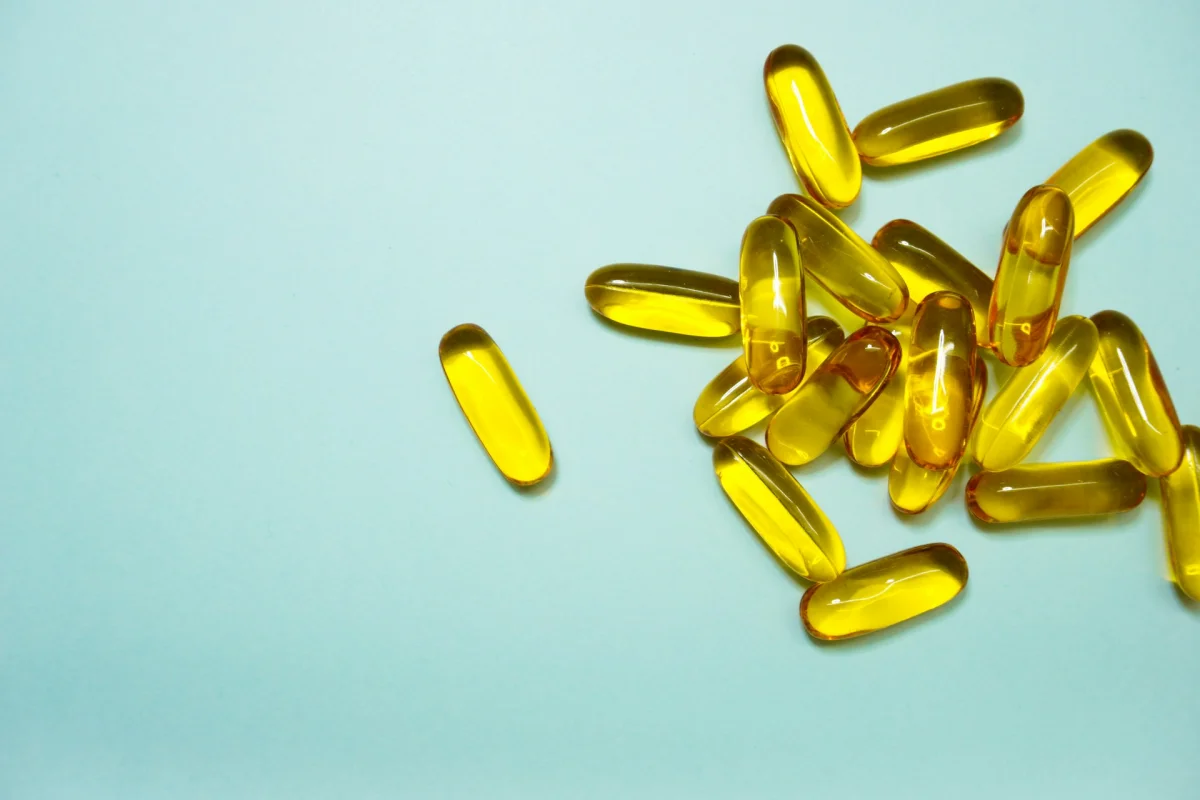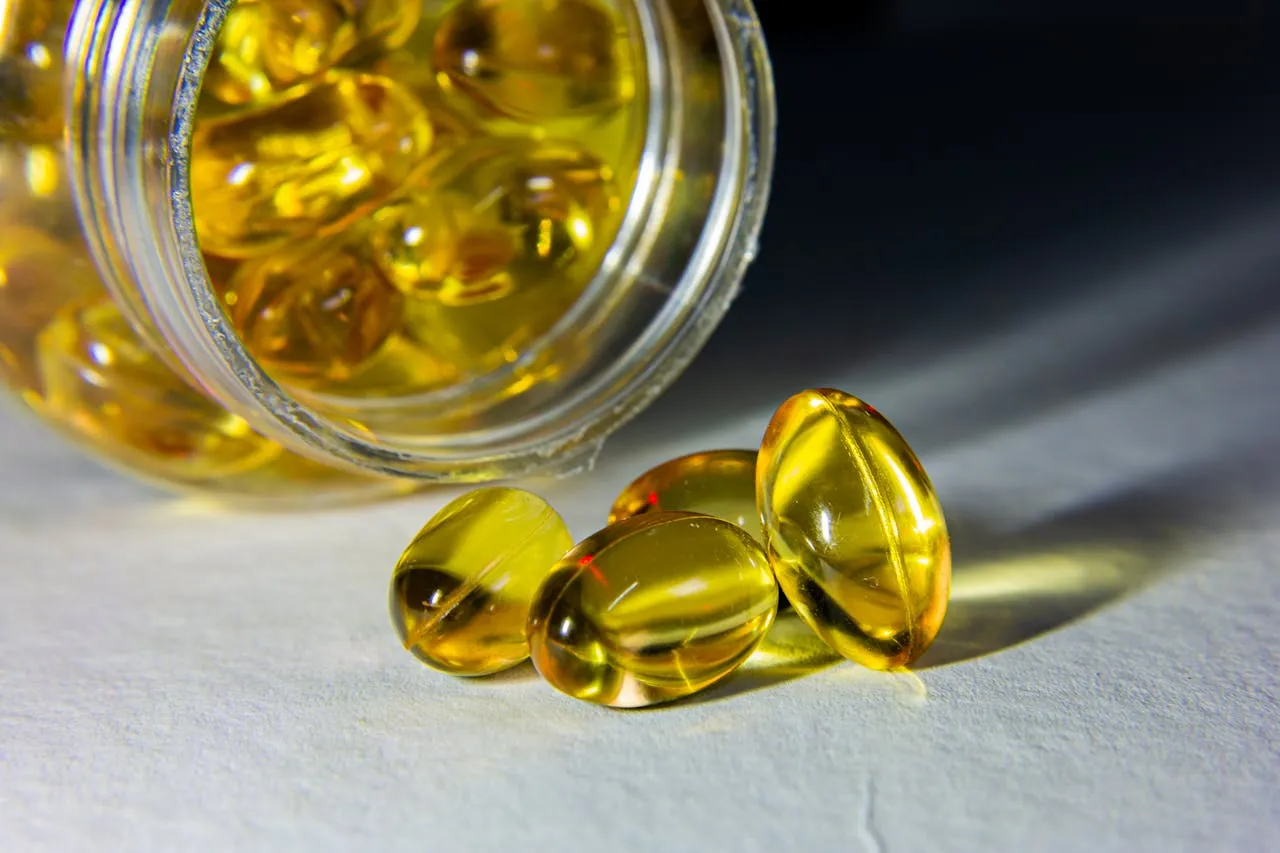 Monday, February 10, 2025
Monday, February 10, 2025Omega-3 Fatty Acids: Focusing on EPA and DPA
Omega-3 fatty acids are essential fats that play a pivotal role in human health. They are primarily found in fish oils, krill oil, algae, and certain plant sources. While most individuals are familiar with EPA (Eicosapentaenoic acid) and DHA (Docosahexaenoic acid), DPA (Docosapentaenoic acid) is often overlooked. However, recent studies indicate that DPA has a similarly important role in cardiovascular health and inflammation reduction.

EPA: The Anti-inflammatory Omega-3 Fatty Acid
EPA is renowned for its anti-inflammatory properties. It competes with arachidonic acid for enzymes that produce pro-inflammatory eicosanoids, thereby reducing inflammatory responses in the body. Research has shown that EPA contributes to lowering the risk of heart disease and alleviating inflammatory conditions such as arthritis and asthma.
Scientific Evidence:
A study in the New England Journal of Medicine (Bhatt et al., 2019) demonstrates that EPA-containing medications like Icosapent-ethyl significantly reduce the risk of cardiovascular events.
- A meta-analysis by Calder (2017) highlights that EPA plays an essential role in modulating immune responses.

DPA: The Unknown Star Among Omega-3 Fatty Acids
DPA is an intermediary between EPA and DHA, yet it is often neglected in the diet. Studies show that DPA has even higher bioavailability than EPA and is able to replenish the body's omega-3 stores more efficiently. DPA is particularly found in wild salmon, seal oil, and krill oil.
Scientific Evidence:
According to a study by Kaur et al. (2011), DPA has a stronger anti-inflammatory effect than EPA and may prevent heart disease.
- An investigation by Byelashov et al. (2015) shows that DPA increases cell membrane fluidity and reduces oxidative stress.

Comparing EPA and DPA: Which is Better?
Both fatty acids share similar properties, yet DPA appears to be stored more efficiently and converted into EPA or DHA as needed. Some experts argue that DPA is the "reserve omega-3 fatty acid," which the body can flexibly utilize as required.

Health Benefits of EPA and DPA
Heart Health: Both fatty acids can help regulate cholesterol levels, lower blood pressure, and reduce the risk of heart disease.
Brain Function: EPA and DPA support cognitive performance and may delay neurodegenerative diseases such as Alzheimer’s.
Anti-inflammatory: Both fatty acids reduce chronic inflammation, which is associated with arthritis, autoimmune disorders, and even cancer.
- Athletic Performance: Omega-3 fatty acids aid muscle recovery, diminish muscle soreness after intense training, and may enhance endurance performance.

Sources of EPA and DPA
Fish: Wild salmon, mackerel, herring
Krill Oil: Contains high bioavailability
Seal Oil: A natural source of DPA
Algal Oil: A plant-based alternative for EPA
- Eggs and Dairy Products: Present in small amounts

Optimal Dosage and Intake
The recommended daily intake of omega-3 fatty acids varies depending on health conditions. In general, a minimum of 250-500 mg of EPA and DPA per day is advised, while individuals with heart disease or inflammatory conditions may benefit from higher dosages. However, overdosing may thin the blood and increase the risk of bleeding, thus consulting a physician is advisable.

Conclusion
EPA and DPA are two significant omega-3 fatty acids with substantial health benefits. While EPA has already been extensively researched, DPA shows promising advantages, particularly concerning heart health and inflammation reduction. A diet rich in both fatty acids may have long-term positive effects on health.
References:
Bhatt, D. L., Steg, P. G., Miller, M., et al. (2019). "Cardiovascular Risk Reduction with Icosapent Ethyl for Hypertriglyceridemia." New England Journal of Medicine, 380(1), 11-22.
Calder, P. C. (2017). "Omega-3 fatty acids and inflammatory processes: from molecules to man." Biochemical Society Transactions, 45(5), 1105-1115.
Kaur, G., Cameron-Smith, D., Garg, M., Sinclair, A. J. (2011). "Docosapentaenoic acid (DPA): the iceberg fatty acid." Frontiers in Nutrition, 8(8), 1-8.
- Byelashov, O. A., Sinclair, A. J., Kaur, G. (2015). "Nutritional implications of DPA in human health." Advances in Nutrition, 6(2), 247-252.


